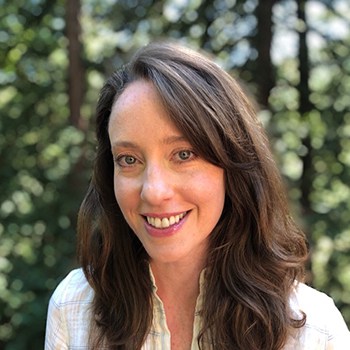
Engineering Inclusivity: U-M CEE Develops DEI Database
Bridging the gap between equity and civil & environmental engineering curricula worldwide

Bridging the gap between equity and civil & environmental engineering curricula worldwide
Faculty at U-M CEE, along with those in civil and environmental engineering programs worldwide, have long been motivated to integrate equity into their teachings. However, many educators have struggled to do so, citing unfamiliarity with suitable discussion topics as their greatest challenge. Recognizing these challenges, CEE Lecturer and DEI Committee Chair Lissa MacVean spearheaded a project to offer examples of projects at the intersection of DEI and CEE to educators at U-M and worldwide, known as The DEItabase.
MacVean and the CEE DEI Committee created a public-facing database of examples of CEE projects or policies that show unintended consequences, disparate collaborator outcomes or inequities in their planning or implementation. Known as the DEItabase, it provides a starting point for faculty in CEE disciplines at U-M and beyond who would like to broach topics of equity in their classrooms.

Says MacVean, “In CEE, we are motivated to grapple with our historic role in designing and building infrastructure, which is the physical manifestation of society’s priorities. What neighborhoods were sacrificed for new highways? Which populations have the safest drinking water? The answers to questions like these bring society’s biases into stark relief.”
Project collaborators began work on the DEItabase by generating case summaries that highlight the equity-related implications of specific civil or environmental engineering projects. Cases are tagged on the site by subject area to enable efficient searching for specific course topics. Importantly, others can contribute and grow the resource for the community. Presently, the DEItabase features over 40 case summaries on topics that range from stormwater infrastructure in neighborhoods on Detroit’s west side to air pollution and environmental justice in Washington, D.C., and water resource controversies in Taiwan. The site’s distinct case summaries present a wide variety of learning opportunities for civil and environmental engineering students, and connect the real world to the theoretical foundation students acquire during their university education. Consideration of cases in the DEItabase will encourage students to ask questions beyond the technical realm as they design engineering solutions in their classes and professional practice: Are there people affected by this project we haven’t considered? How can we invite all collaborators into this design?
So far, case summaries on the DEItabase have been researched and written by undergraduate and Master’s CEE students at U-M. However, the DEItabase is envisioned to be a community resource, and all users are encouraged to contribute new summaries to grow the geographic and subject area variety of topics. MacVean hopes that the DEItabase will serve as inspiration for instructors who want to engage students in discussions of equity in engineering, while recognizing that such discussions can be intimidating for the majority of engineering faculty who are not trained facilitators.
“I can relate to the fear of initiating conversations about DEI in the engineering classroom, but as long instructors broach these topics with curiosity and humility, it doesn’t have to be scary. We can give our students invaluable practice with respectful discourse and centering others’ perspectives by opening up these discussions.”

Marketing Communications Specialist
Department of Civil and Environmental Engineering